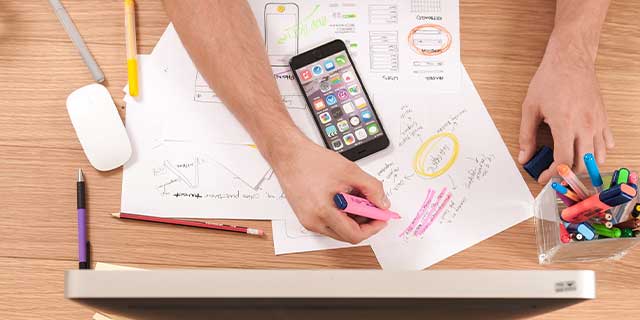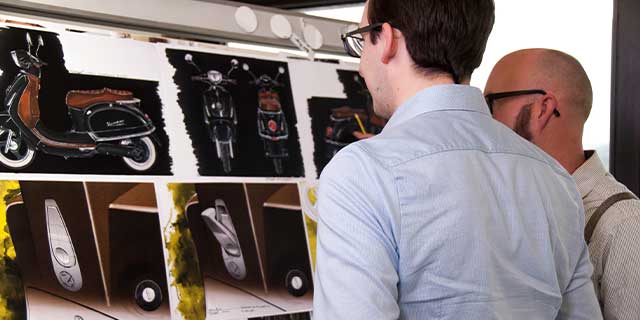
Different types of product Prototype Design
A product prototype design is only as good as the idea behind it. A product designer follows the instructions of the client down to the last specification. A client presents the idea of the product to the designer, and he transforms it into reality. Product design must look realistic and accurate since there is so much competition in the market. Even the prototype should represent the features of the final product. A modern mechanical engineering company will utilize every modern resource to create a highly integrated prototype.
Prototyping is essential for many reasons. The prototyping stage ensures that all errors are rectified before the product ends up in mass production. The design itself must fall in accordance with the demands of the client. Even a slight variation can come to light during the prototyping stage, thus saving the designer from future recrimination. The 3D printer does most of the work for the product design engineer. One of the designer’s most crucial job is to make sure all elements are included within the prototype during the first trial. Additional prototypes only slow down efficiency.
Rapid Prototyping Making an Impact
Rapid prototyping is a giant leap towards modern prototype design. Traditional product design was limited to paperwork and related directly to the end result. The new and improved rapid prototyping systems shows a realistic sample of the product. The sample gives a base on which the final product gets manufactured. Rapid prototyping is only possible with a 3D printer. These 3D printers are not hard to come by moreover; they are easy to manage once understood. The first prototype is always the best indication of how strong or flexible the product will turnout. Modern prototypes even mimic the texture and color of the required product. Designing becomes simplified with 3D printing in place.
Mechanical engineering companies invest in rapid prototyping to satisfy their customers. Visual representation of a product engages the client in the product life cycle; moreover, they can add tweaks in the model. Three-dimensional digital models conclude the first look of the product. Since the product prototype does not go through the various refinement stages that the final product does, it does not have precisely the same properties.
The Chance to get greater efficiency
Rapid prototyping gives the Chance to gain greater efficiency in making new models. The result of every product is the same, but the life cycle plays an integral part in saving time and reducing cost. Most clients convey a budget in which the service must complete. 3D printing is a modern service; however, it does not incur a high cost. The porotype design quality reflects in the first edit. Most designers come p with separate prototype parts for a larger product moreover each part is measured and perfected until the client gives the go-ahead.
Although other forms of prototyping exist, 3D printing is the most accurate and precise one. The product’s foundation lies on the prototyping system; thus, high-production quality demands a faultless sample.

